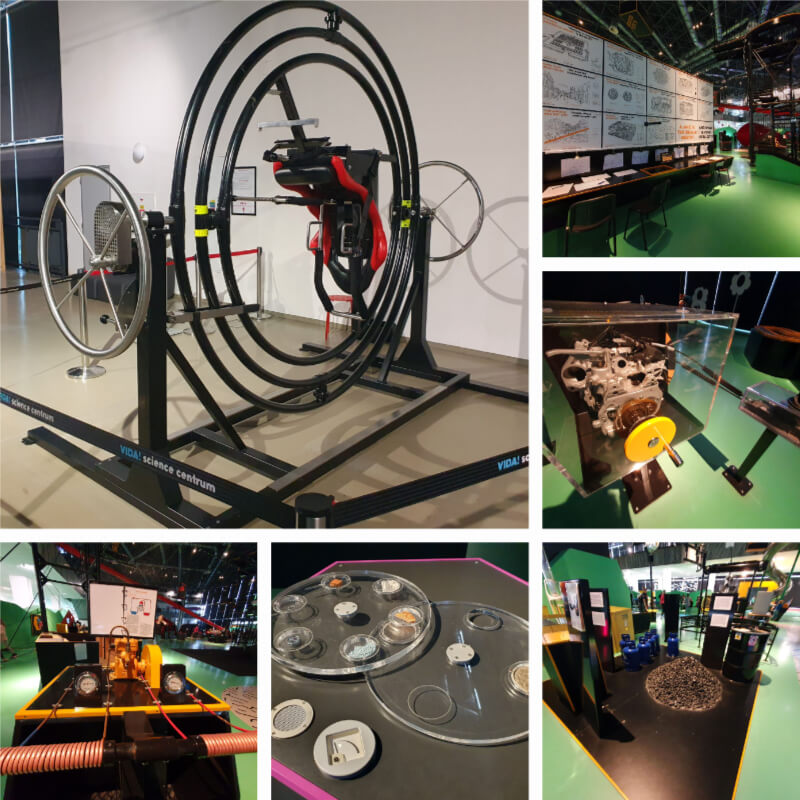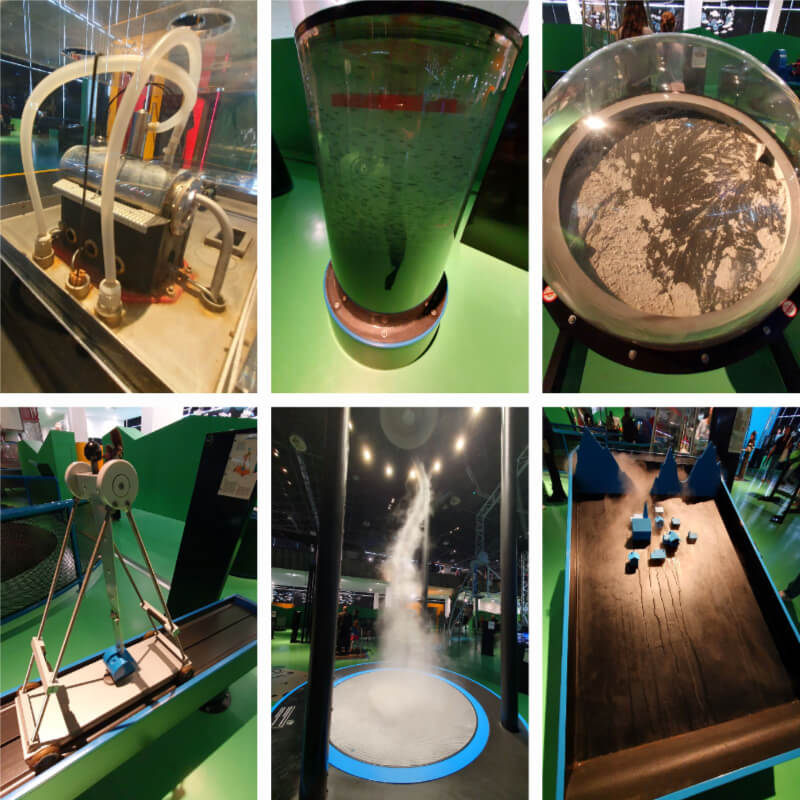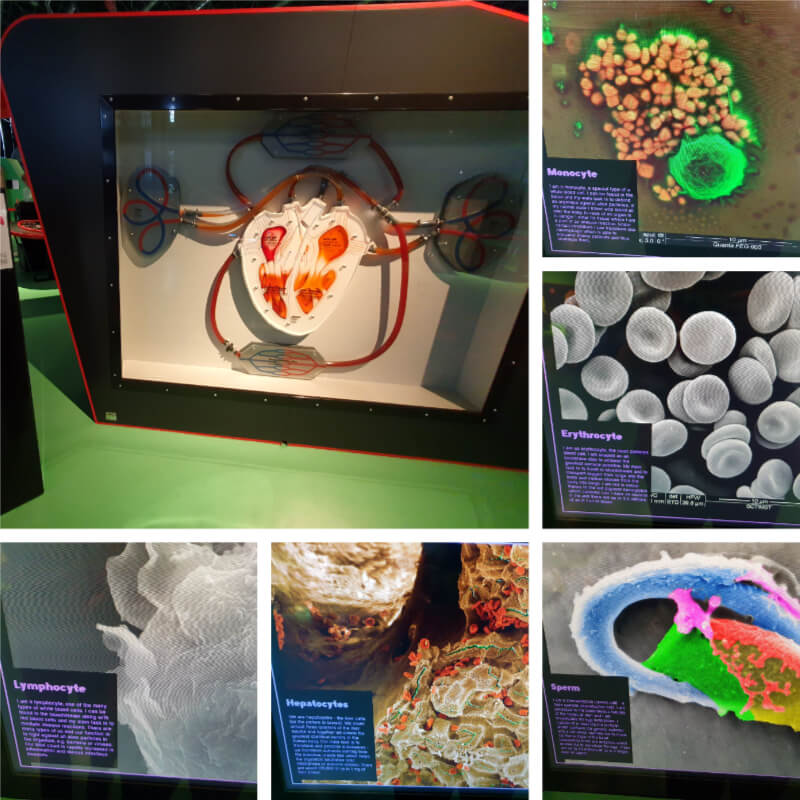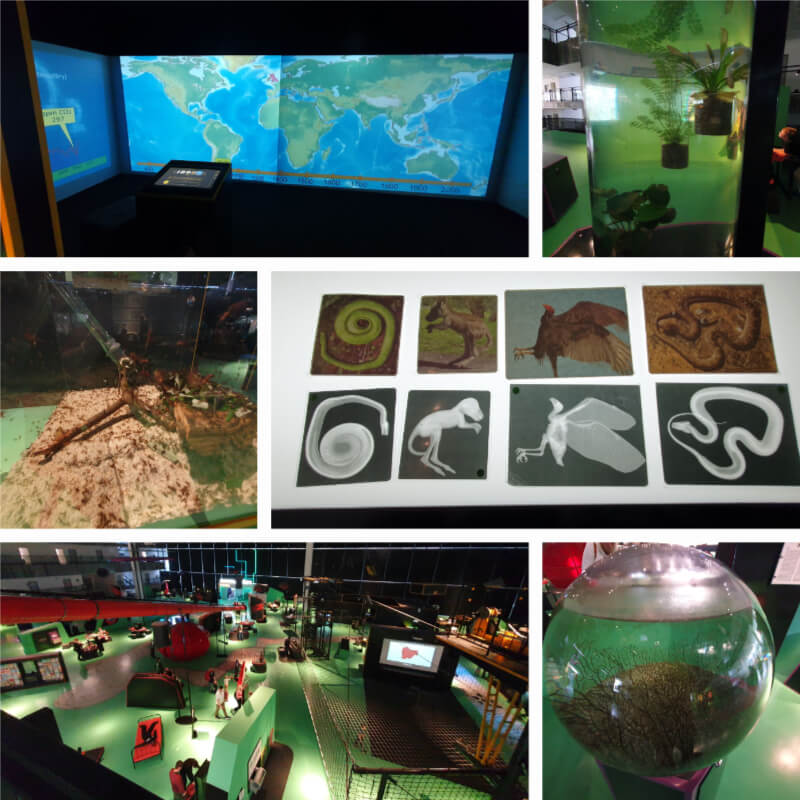Learning and sciences
Even as a child, I was interested in exploring the world around me. I am happy to increase my knowledge and spend my time learning about scientific research and reading theories. Learning gives you new perspectives, new insights, new ideas, and deeper understanding. It doesn’t matter what kind of knowledge, it can be technical, geographical, biological, etc. When we use the acquired knowledge, we often make mistakes, but we can also learn a lot from this. That’s why I believe that the person who made a mistake should not be criticized negatively, but should be motivated to think about the root cause of the issue, to try to correct it and prevent it. That way, you’ll be more likely to succeed next time. Always remember that the only person who makes mistakes is the one who tries. This is how we experience and develop. Learning can even be about self-awareness, that is, getting to know our own feelings more deeply. I think that this way we can understand and accept ourselves and others much better.
“Don’t limit yourself. Many people limit themselves to what they think they can do. You can go as far as your mind lets you. What you believe, remember, you can achieve.”
– Mary Kay Ash
The exhibition
This is an interactive exhibition where you can not only get information about different physical phenomena, but also experience them. The exhibited models and experiments can be tried out, and their descriptions and explanations in Czech, English and German are available at each small station. The exhibition was divided into four parts according to themes: Planet, Civilization, Human and Micro world.
The Planet exhibition models and explains the functioning of natural phenomena. We can learn a lot of interesting things about the behavior of water waves and their effect on the seabed, the physical phenomena of the Bermuda Triangle or the formation and operation of different storms such as sandstorms, windstorms, tornadoes, cyclones, avalanches and tsunamis.
At the Civilization exhibition, the workings of various inventions are presented. I have always admired creative activities that can bring solutions to everyday problems, that increase our knowledge and experience, and can make our lives better, easier and more efficient. These innovative ideas constantly improve our lives. Here you can learn about the tidal power plant, submarine, Archimedes’ screw, rotating plank, ball-piston pump, reverse pendulum, gyroscope, gear, steam engine or also about the cooling machine.
The Human and Micro World exhibitions are also very interesting. We can learn more about nutrition and exercise, the balance of energy intake and output in our body, blood circulation, the functioning of our organs such as the heart and lungs, and first aid. With the help of a model, we can get to know the electron microscope. We can examine how the head of a butterfly, seaweed or a leaf of lemon grass is magnified several times, as well as the different types of human cells. They show how photosynthesis works and we can see the workings and life of an ant colony.
The exhibition was designed in a very family-oriented way. Thinking of children under the age of six, there is also a children’s science center here, so that they don’t get bored either. Since they provide visitors with more than 175 interactive exhibitions, I easily spent half a day here. It’s definitely worth a look. People of all ages who love science and are interested in scientific discoveries and solutions will find it interesting.
“From my own experience, I want to say that you should follow your heart, and the mind will follow you. Believe in yourself, and you will create miracles.”
– Kailash Satyarthi
